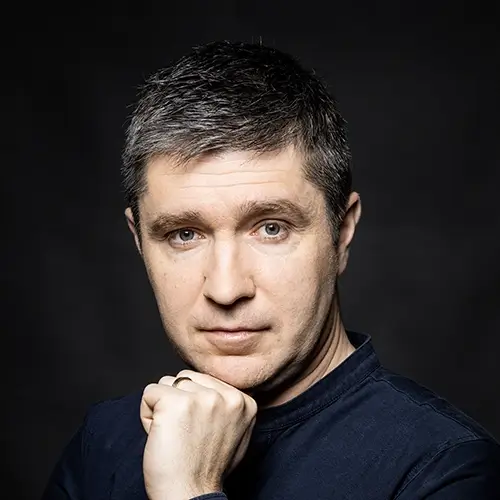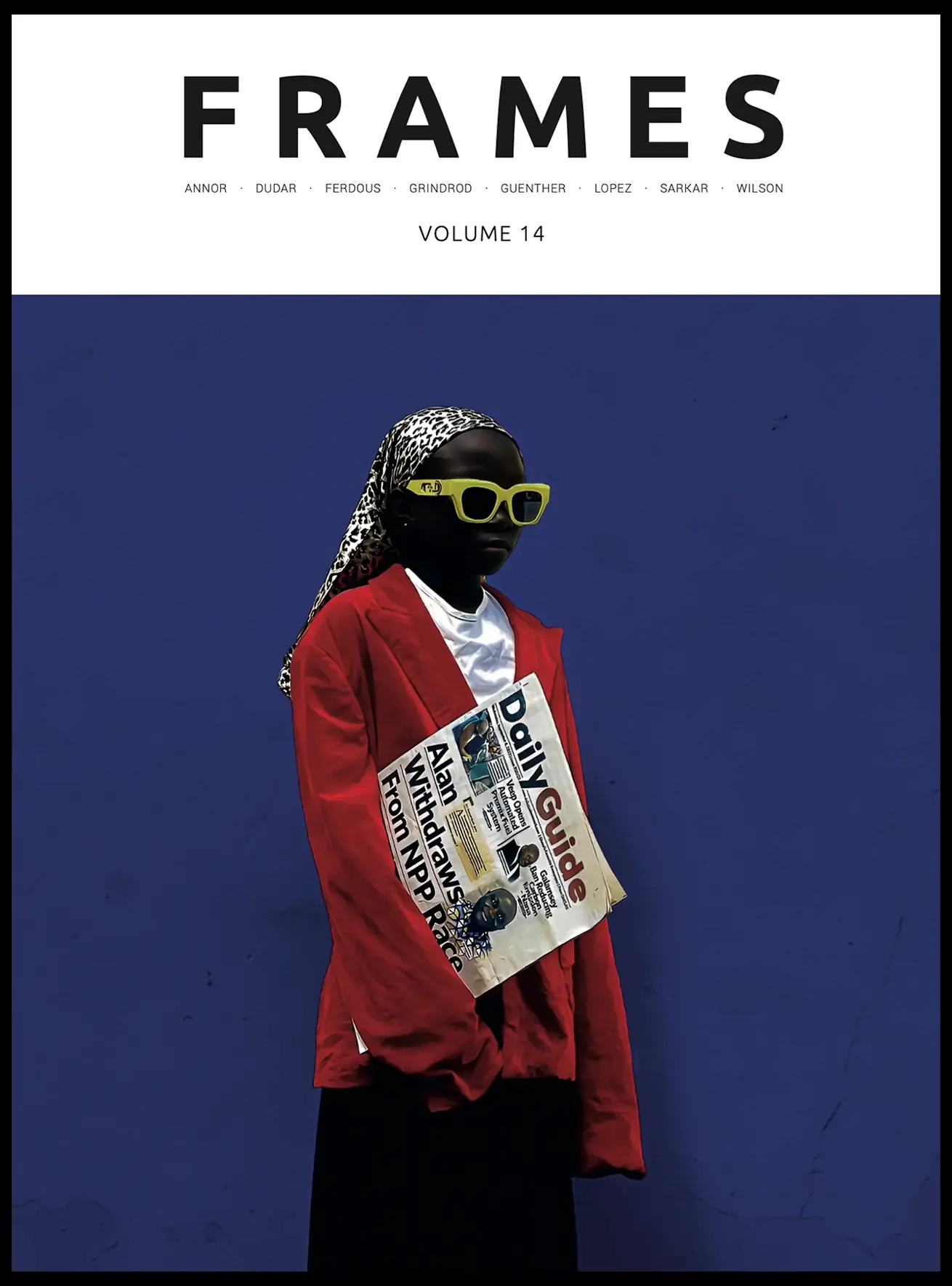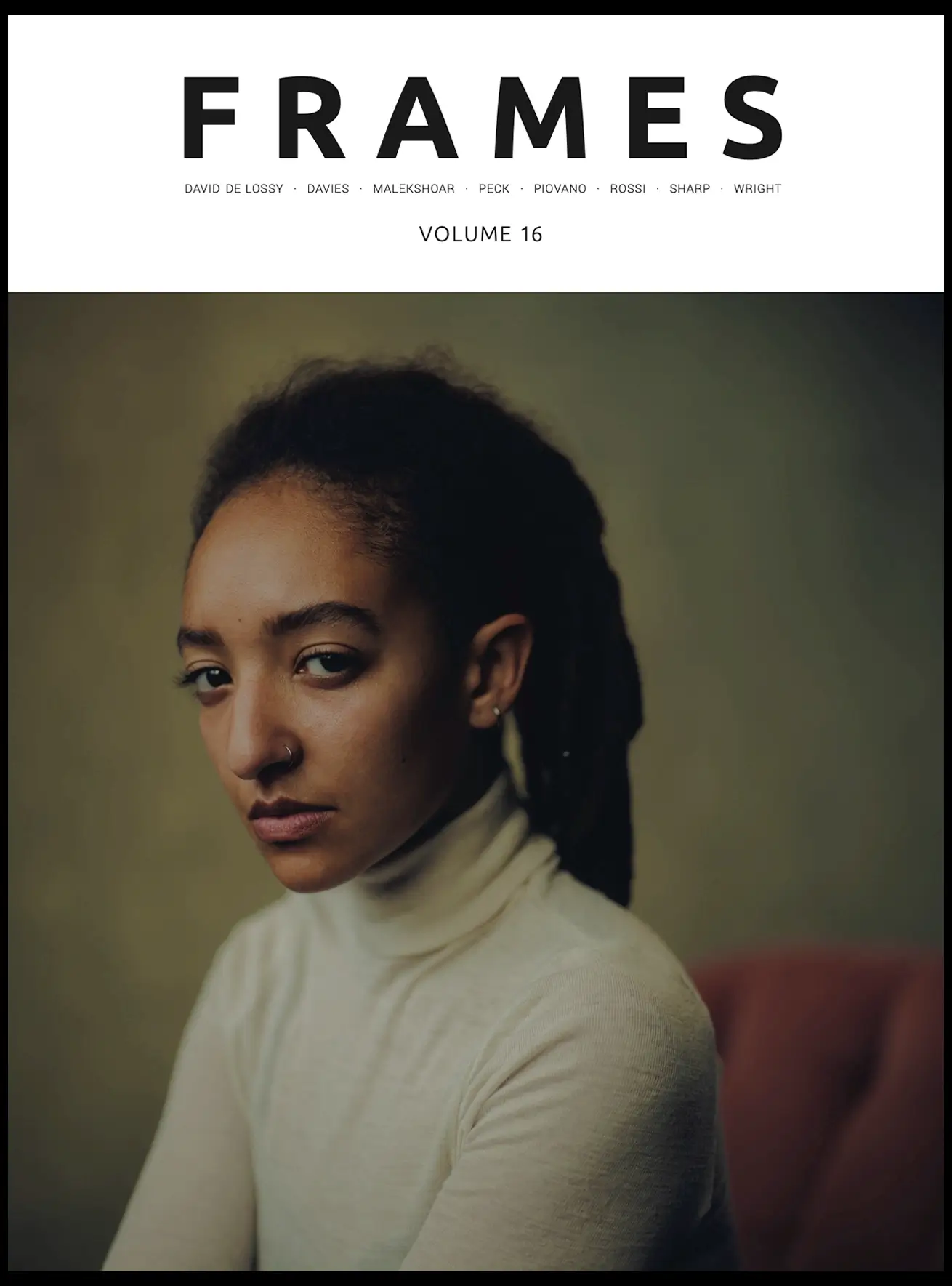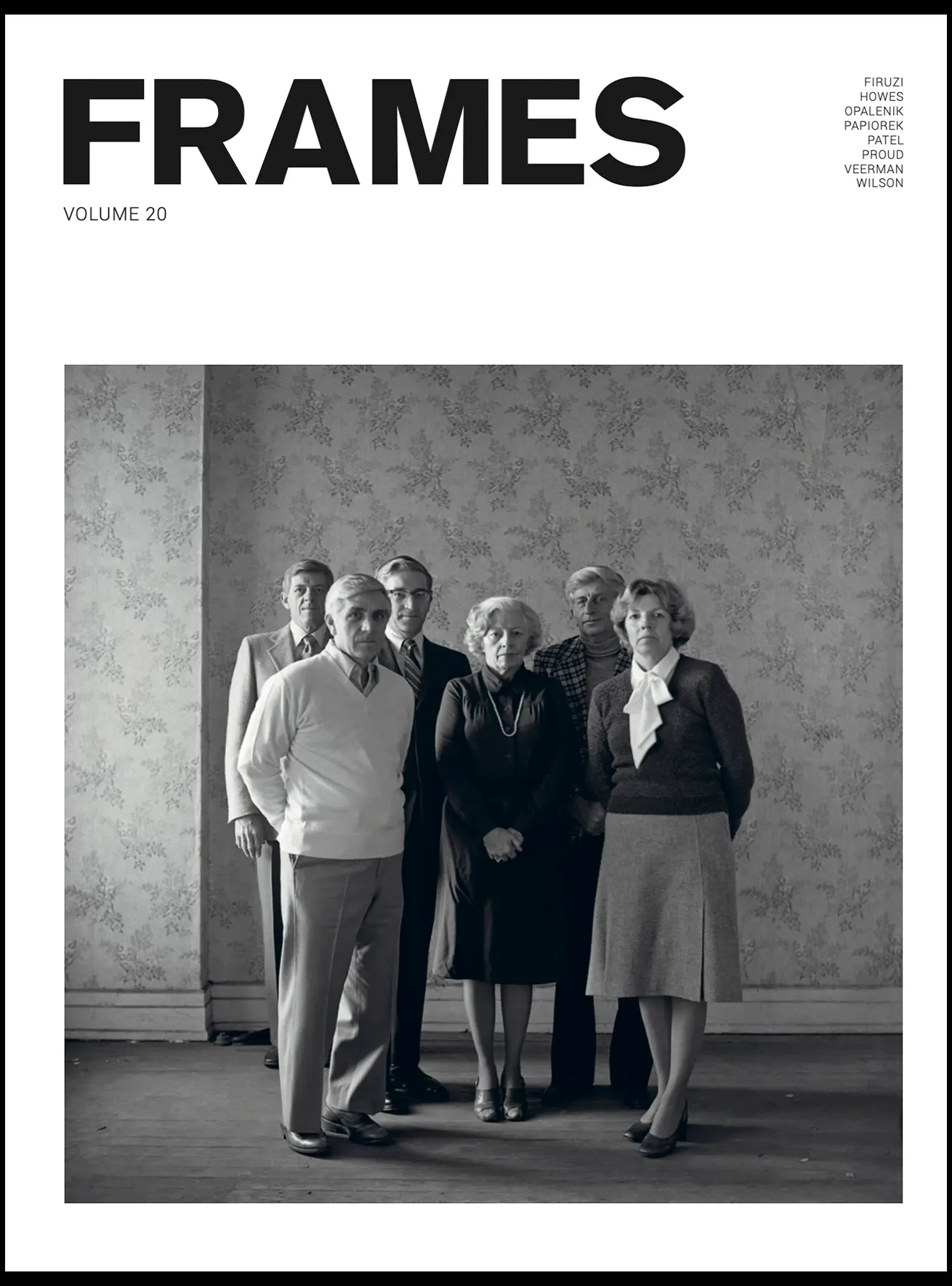Founded in 2020 by photographer, publisher, and classical pianist Tomasz Trzebiatowski,
FRAMES Magazine has quickly established itself as a thoughtful space for photography lovers who believe that powerful images deserve to live on paper. Known for its beautifully printed quarterly issues and dynamic international community, FRAMES bridges the gap between tradition and innovation in the photographic world. As editor-in-chief, Trzebiatowski has created not only a publication but a platform that celebrates diverse genres, nurtures dialogue, and champions the tactile experience of print in a digital age.
We asked him a few questions about his journey from founding FRAMES to building a global membership, the challenges of independent publishing, and the future of photography in both print and digital forms.
All About Photo: Could you tell us a bit about your background?
Tomasz Trzebiatowski: I’m originally from Poland, but I’ve lived in Lucerne, Switzerland for over 25 years now. I’ve been a photographer for most of my life, working in fine art, street, and music photography. Alongside that, I’ve always had a deep love for publishing and sharing photographic work — connecting photographers with audiences who truly appreciate the craft. Before FRAMES, I founded
FujiLove Magazine, which started as a small passion project and became a global community. My background is really a mix of creating images, curating others’ work, and building spaces where visual storytelling can thrive.
You began as a photographer and publisher—how did your experiences with FujiLove lead to founding FRAMES?
FujiLove taught me that photographers don’t just want to share images — they want to belong to a conversation. It also showed me the power of niche communities. But I started to feel a limitation: it was focused on one camera brand. With FRAMES, I wanted to create something bigger, open to all genres, styles, and tools. Most importantly, I wanted to reconnect with the printed page, because for me, photography feels most complete when it’s tangible.
What was your initial vision when launching FRAMES in 2020, “because excellent photography belongs on paper”?
I wanted to give great photography a home it deserves. In a world where images are swiped past in seconds, I wanted to create a slower, more intentional experience. High-quality printing allows viewers to live with an image, to see the subtle details, textures, and tones. That slogan was my way of saying: some work simply demands paper.
FRAMES features a broad range of genres—street, fine art, music photography. What core qualities do you look for in the work you publish?
I’m less interested in labels like “street” or “portrait” and more in the emotional impact. I look for authenticity, strong visual storytelling, and a clear personal vision. It has to be work that invites you back for a second look — not because it’s technically perfect, but because it stays with you.
How do you balance different photographic styles while maintaining editorial consistency?
It’s about the voice of the image. Even if two photographers are working in totally different genres, I want their work to feel honest, intentional, and well-composed. In editing, I look for a rhythm — a visual conversation — so that the issue as a whole feels cohesive, even if the individual styles vary greatly.
Why do you emphasize the tactile experience and high-quality printing, despite an increasingly digital landscape?
Because our senses are richer than a screen can offer. The weight of the paper, the way light hits ink, the act of slowing down — these are part of experiencing photography. Digital is fast, disposable. Print is slow, permanent. I want FRAMES to be something people keep, revisit, and treasure.
What has surprised you about readers’ and collectors’ reactions to print editions?
I knew people would appreciate quality, but I was surprised by how emotional the reactions can be. Some readers tell me they treat FRAMES almost like an art book, storing each issue carefully. Others say it has reawakened their love for photography after years of feeling overwhelmed by the digital flood.
FRAMES isn’t just a magazine—it’s a membership-based international circle. Can you describe how that community was built, especially during the pandemic?
We launched just before the pandemic, so in-person gatherings were impossible. The community really grew through online discussions, our podcasts, and member photo critiques. People connected over shared passion when everything else felt disconnected. That early period gave FRAMES a sense of intimacy that still defines it today.
What role do live events, podcasts, and your mobile app play in fostering community?
They’re the bridge between issues. The magazine is the heart, but these other platforms keep the conversation alive every day. The app lets members share work instantly, podcasts give deeper context to photographers’ stories, and live events bring the human connection full circle.
What has been the hardest part of publishing and sustaining a quarterly printed magazine today?
Logistics and costs are a constant challenge — paper prices, printing schedules, global shipping. But equally, it’s the challenge of attention: convincing people to slow down, to dedicate time to print in a world that’s always pushing them to scroll faster.
Looking back, what mistakes or surprises shaped how you run FRAMES today?
Early on, I underestimated just how much time and energy community management requires. You can’t just “launch” a community — you have to nurture it daily. A pleasant surprise was how generous photographers can be with sharing knowledge and supporting each other when you give them the right environment.
What are your goals and vision for FRAMES in the next 5–10 years?
I want FRAMES to be recognized globally as a home for thoughtful photography — not just as a magazine, but as a cultural platform. I’d love to expand our book publishing arm, host international exhibitions, and create more opportunities for members to collaborate across borders.
Any upcoming expansions, collaborations, or projects we should look forward to?
We’re exploring partnerships with galleries for member exhibitions, developing themed book projects, and expanding our podcast series. There’s also a plan to host a FRAMES Festival — a multi-day event with talks, portfolio reviews, and live music.
You’ve said: “We do not have to be afraid to show our work.” How can emerging photographers overcome fear and take action?
Fear is usually tied to comparison — worrying about being judged against others. The truth is, photography is about connection, not competition. Start small: share with a trusted group, get feedback, then widen the circle. Every image you release is a step toward finding your audience.
Beyond social media, what’s your best advice for gaining visibility and recognition in the photography community?
Show up in real spaces — exhibitions, festivals, local photo walks. Submit to print publications. Build genuine relationships instead of chasing follower counts. And make sure your work is presented well — good sequencing and printing can elevate how people perceive it.
How does your own photography practice influence your editorial decisions?
My photography keeps me connected to the creative challenges our contributors face — from shooting in unpredictable light to editing a cohesive series. It reminds me that great work often comes from persistence, not perfection, and that influences the kind of stories I want FRAMES to tell.
As a classical pianist, do you find parallels between music and the curation/editing choices you make for FRAMES?
Absolutely. In music, phrasing and rhythm shape how the listener experiences a piece. Editing a magazine is similar — it’s about creating flow, tension, and release across the pages. And just like in music, silence or space between notes is as important as the notes themselves.
Anything else you would like to share?
Only that FRAMES is built by and for people who love photography enough to slow down for it. In that sense, it’s not just my project — it’s a collective effort. And I’m grateful every day for the photographers, readers, and supporters who keep it alive.





